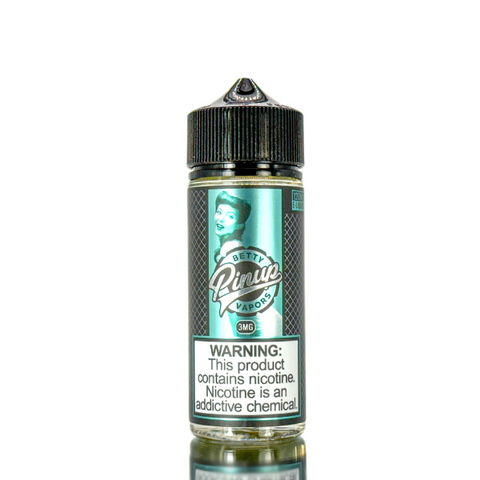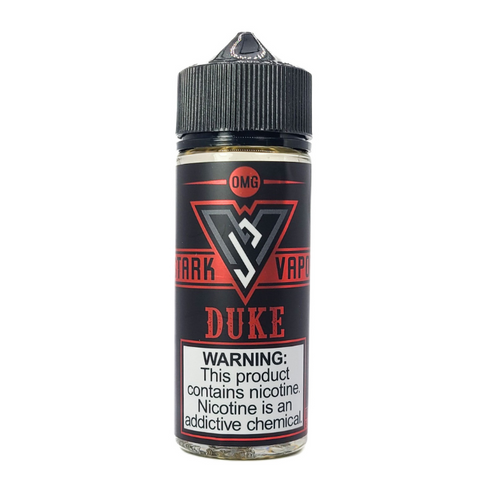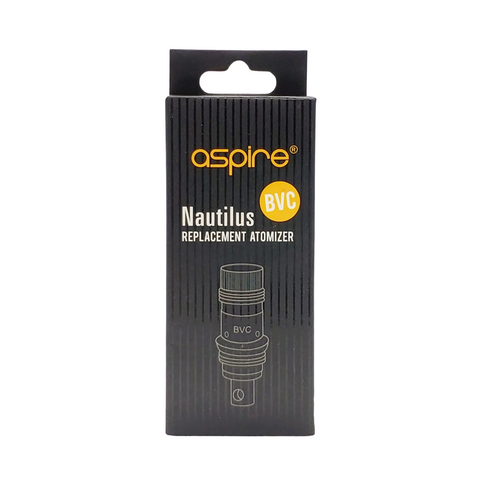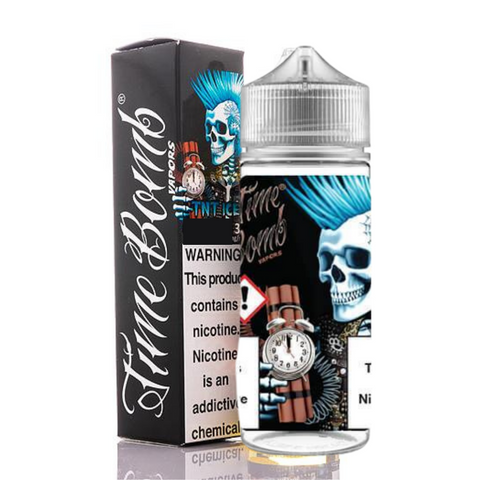What is a Certificate of Analysis (COA)
You’re new to shopping at dispensaries and you notice that some of your products’ labels have COA information on them. Your product’s COA, or Certificate of Analysis, lists a variety of cannabinoids that you’re not familiar with. You try reading through the information, but you’re a tad overwhelmed. You think to yourself, “What is cannabigerol or cannabidiol?”
If you’re a consumer, learning how to accurately read a cannabis COA will help you make informed decisions regarding which cannabis products are safe and ideal for you. Since cannabis is an agricultural product, COA testing for contaminants is essential to determine product safety and any variance between batches. Furthermore, science is beginning to understand that cannabis is way more nuanced than its THC percentages, meaning that educating yourself on its many plant compounds, or phytochemicals, will help you find the best products for your personal needs.
What Is A Certificate Of Analysis (COA)?
COA stands for Certificate of Analysis. Simply, a COA is what manufacturers use to verify that the products they are producing conform to universal standards of safety and quality. To create a COA, labs analyze products for an accurate measure of what phytonutrients are present, as well as to ensure safety standards are being met.
Why Cannabis Lab Tests Are Important
Testing cannabis products is extremely important for the safety of the consumer at every stage of production. Much like foods and other products meant for human consumption, standards are put in place to make sure that harmful microbes, pesticides, or derivative chemicals are not tainting products. Cannabis and its many compounds are not FDA-approved, meaning exhaustive regulations surrounding cannabis are left up to individual states or manufacturers themselves. Companies that prioritize transparency will share their cannabis COAs with their consumers.
Aside from safety measures, COAs list the most abundant compounds present in any given product. If you are buying whole cannabis flower, for example, by looking at a COA you will see the percentages of each major cannabinoid, such as THC or CBD, as well as the presence of any minor cannabinoids or terpenes. Each of these compounds contribute to the product’s effects in the body. By reading COAs and noting which products work best for you, you’ll be able to make more informed decisions and predict how a product may make you feel before committing to a purchase.












